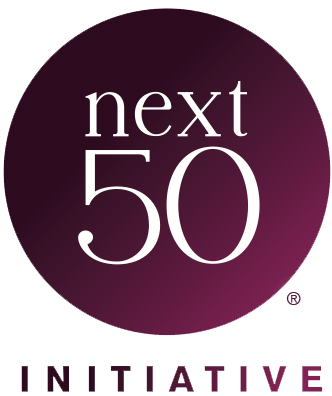CONCEPTS
GERIATRICS
Not unlike other areas of special medical inquiry, studies of aging became disciplined and systematic in the 19th century. Inspired physicians were provoked by contemplating health conditions of the poor in institutions. (4)
The culmination of this evolving study is the Comprehensive Geriatric Assessment. (5)
When applied to populations where the social elements of care can be modified, patients meet their own goals of longer life, higher function and less dependence. (6)
World wide application of primary care principles, likewise, leads to improved life expectancy and lower economic impact of health care delivery. (7)
Yet, primary care continues to struggle apply the CGA universally, due to time constraints. (8)
Frailty is a dynamic risk state, and thus amenable to remediation, optimization or adaptation, which lowers risk. (24)
Patients resonate around the specific challenges of frailty, which provides a specific set of unique patient centered care priorities. (2, 3, 24)
FAMILY CONTEXT
Family systems theory provides the necessary context for counseling patients and their families toward adaptation and resolution of crises.
McDonald and Christie-Seely review attitudes toward aging, normal life cycle changes, family caregiver burnout, conflict resolution, family accommodation to meet challenges, resources, developmental tasks, pursuit of meaning, and evaluation of loneliness and bereavement. (9)
FRAILTY THEORIES AND WORKFLOW IMPLEMENTATION PROJECTS
Fried and colleagues, tapping large data bases, articulated the phenotype description of frailty. (10)
Ken Rockwood, in the Canadian Study of Health and Aging, applying mathematic analysis of binary answers to the CGA, developed the Accumulation of Deficit theory of frailty. (11)
A variety of other binary data sets showed that same predictability as the CGA.
Andrew Clegg and John Young were able to demonstrate that tapping the problem list from the United Kingdom’s general practitioner’s electronic health record could produce a predictive frailty index. (12) (13)
David Reeves, PhD at the Manchester University Center for Primary Care Innovation has studied the opportunities and obstacles (14) to the National Health Service’s frailty based care compact. (15) Their website provides clinical support to primary care providers. (16)
The use of the frailty index allows the application of increasing care and less curative strategies as frailty progresses. (17)
Although not a disease, frailty’s progressive nature and rising risk invite chronic disease management strategies for optimal outcomes, thus a central role for nursing care. (18)
Several countries have begun to focus on frailty as a public health condition worth considering, including New Zealand (19), Canada (20) , Holland (21), and the United Kingdom. (22)
In Buffalo, New York, geriatrician Steven Buslovich MD has started a software company to capture required Medicare data reports to produce a frailty index, recognizing that physicians need data to risk advise their patients. (23)
The Mesa County Frailty Index pilot aims to capture frailty assessments along the continuum of care, sharing those with care providers by utilizing our health information exchange, Quality Health Network. (24)
Perioperative surgical care, requiring optimization of frailty based care, is now a standard. Thus a population tested, validated tool is an imperative. (25)
Research will need to cross validate the wide array of available frailty tools, until a common standard is established. An introductory list of available tools, compiled by Jessica Griffiths RN, (DNP candidate and nursing director of Patient Pattern) is included in the references. (26)
As a quality improvement activity, we hope that this website will enable a thorough discussion of frailty as a concept, while seeking a workable flow of information.
Ultimately, the most efficient use of time, in providing risking information, while caring for the most vulnerable patient population, is an opportunity, recognized by the Next 50 Foundation.
We welcome your feedback, as we build this tool for that discussion.

